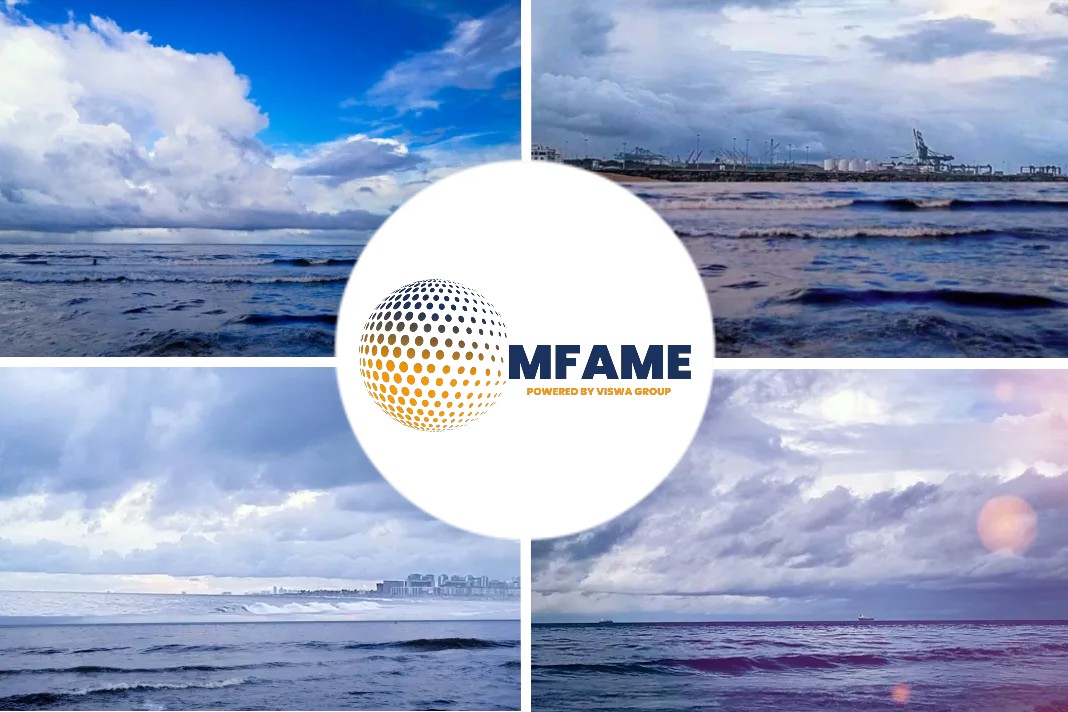- The refiners inability to stockpile HFO is increasing bunker fuel price
- The price could go as high as $400/mt in 2020 as refineries are set to lose 200 million mt heavy fuel.
- As hydrocarbon gets exhausted, the price gap between MDO/MGO and HFO will be high.
- Of the 35,000-40,000 vessels which run on HFO, 95% have to use compliance fuel from 2020.
- The global compliance is likely to be around 90% in 2020.
A Platts interview report with consultant Niels Bjorn Lindberg Mortensen highlights the bunker fuel condition as the IMO 2020 deadline closes in. The report by Surabhi Sahu discusses how the spread of the bunker fuel price with maximum 0.5% sulfur and 3.5% sulfur could reach as high as $400/mt in 2020 as refineries will lose an annual market of over 200 million mt of heavy fuel oil due to the International Maritime Organization’s global sulfur limit rule for marine fuels.
What’s the reason behind this?
“As they [refiners] cannot stockpile HFO they will need to find other markets. If HFO has to compete with coal, for example in power stations, the HFO price will fall dramatically as the coal price is about half of the HFO price,” Niels Bjorn Lindberg Mortensen told S&P Global Platts in an interview.
HFO is a generic term for fuels used to generate motion and/or fuels to generate heat that have a particularly high viscosity and density.
Another possible scenario is that the excess HFO will be shipped to new or upgraded refineries for de-sulphurization or for further cracking in cokers or hydrocrackers, said Mortensen, who is a maritime industry veteran.
Hydrocarbon Exhausted
Eventually all the hydrocarbon molecules will be consumed one way or the other and the refiners will undoubtedly find ways to produce compliant 0.50%-sulfur fuel which will be cheaper than clean distillate fuels like MDO and MGO, he said.
“So even if the price gap between MDO/MGO and HFO may remain relatively high, alternative (or hybrid, as some call them) compliant fuels will, pricewise, be somewhere in between. Over time the price could be closer to HFO than to distillate,” he said.
How is the compliance faring?
The MARPOL Annex VI, which deals with maritime safety and security, as well as the prevention of marine pollution from ships, applies to ships with gross tonnage of over 400. There are around 60,000 of them, but only some 35,000-40,000 are able to burn HFO, Mortensen said.
Of these, over 1,600 ships are confirmed to have scrubbers installed by 2020, a figure which might rise to 2,000 Mortensen said. The remaining 95% of these ships should be operated on compliant fuel, he added.
Around 1%-2% will use LNG, LPG, methanol or alternative fuels in 2020, Mortensen added.
“I presume the exhaust gas cleaning systems ordering curve will flatten out shortly after 2020, and that it will mainly be for newbuilds from around 2023,” Mortensen said.
EGCS, popularly known as scrubbers, are systems used to collect excess sulfur while burning marine fuels.
“In 2025 I’d estimate that some 10%-15% of the relevant fleet will have scrubbers,” Mortensen said, adding that tankers seem to be a segment in which scrubbers will be quite commonly installed.
Regulation and rules for compliance
According to Mortensen, compliance rate within the North European Sulfur Emission Control Area, or SECA, has been around 95% since 2015. He thus estimates that global compliance is likely to be around 90% in 2020.
This would ramp up as global Port State Control cooperation improves over time, he said.
New requirements, such as the fuel ban to be imposed on March 1, 2020 as well as the EU MRV and the IMO Data Collection System, will make systematic non-compliance increasingly difficult, he said.
How to establish global compliance?
A few might continue trading non-compliant fuel for a while, but it will probably only be possible outside areas where fuel inspections are already an established practice, he said.
A large number of port states have not yet ratified MARPOL Annex VI, and bunker suppliers in those countries can sell any fuel they have access to, Mortensen said.
So the potential for cheating will be present and with the huge money at stake some will most likely be tempted, he said.
“Whether such cheating will be instigated from the top management of the company, will depend on the nature, size and structure of the company. However, cheating instigated by the ships’ crew may take place everywhere,” he said.
“The former will seriously skew the level playing field, the latter will not disturb competition,” he said.
It will not be possible to establish a global compliance rate until enforcement regimes are commonly applied globally, and even then there will still be both flag and port states which are not parties to MARPOL Annex VI, and therefore not able to enforce the rules, Mortensen added.
Did you subscribe for our daily newsletter?
It’s Free! Click here to Subscribe!
Source: Platts























